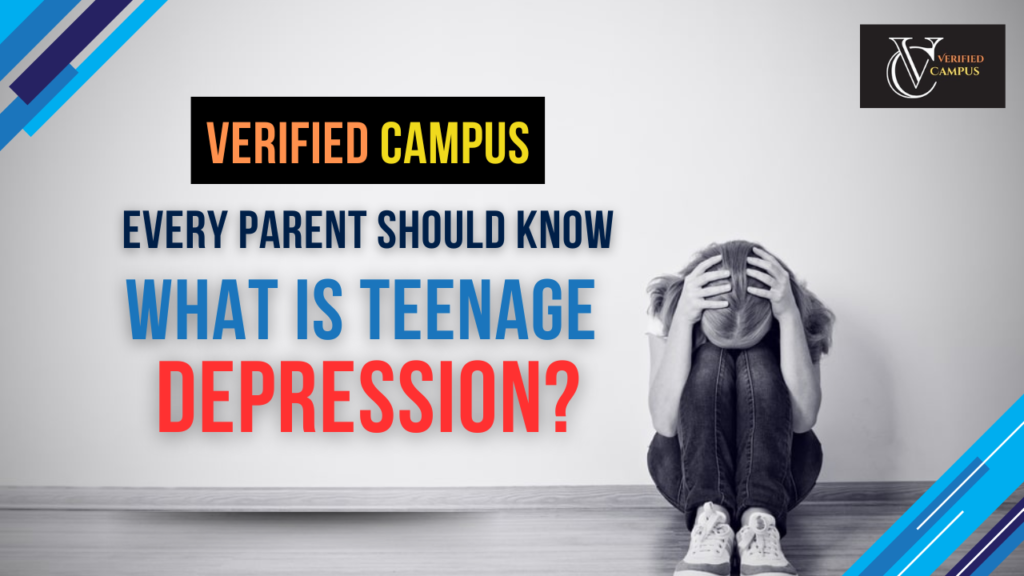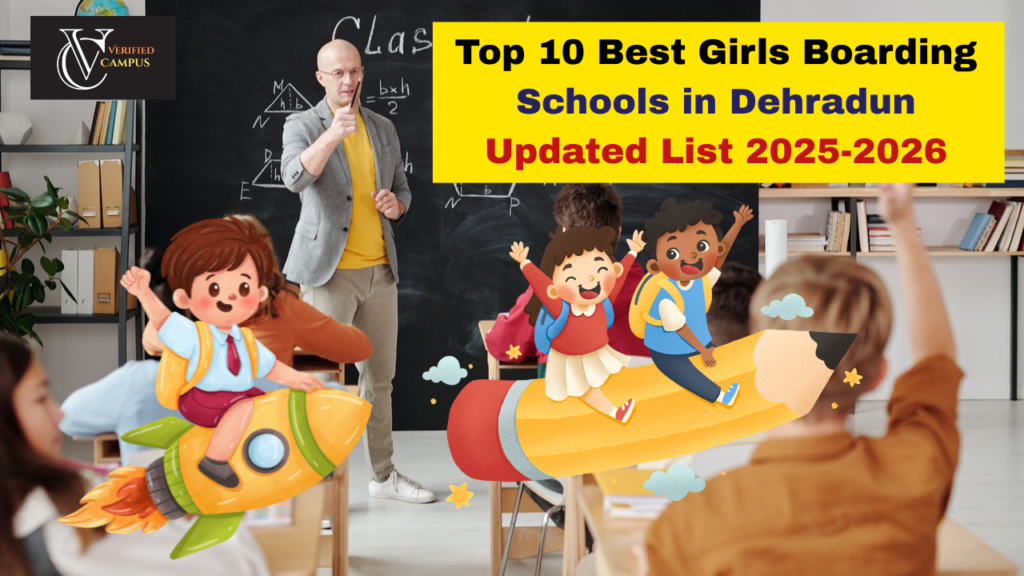Empowering Students Through Money Management Education
In today’s fast-changing world, Money Management Education is essential for preparing students to handle their finances wisely. Learning about budgeting, saving, and investing early on helps young people build the confidence and skills needed to manage money effectively throughout their lives. At Verified Campus, we are committed to promoting practical financial knowledge that empowers students for the future. Our focus on quality education ensures students gain the tools they need to succeed both academically and personally. The Significance of Money Management Education Money Management Education goes beyond teaching students how to calculate expenses or create a budget—it fosters a mindset of financial awareness and accountability. By introducing these lessons early, students start to recognize the real-world implications of their financial decisions, cultivating habits that can prevent debt and promote savings. Embedding Money Management Education in the school curriculum equips students with tools to handle everyday financial situations confidently. It lays a solid foundation for future financial independence, enabling them to make thoughtful decisions about spending, saving, and investing as they grow. Integrating Financial Literacy into School Curricula Schools are instrumental in cultivating financial awareness, and integrating Money Management Education across various subjects strengthens this foundation. Subjects like mathematics, economics, and social studies can incorporate financial principles such as budgeting, saving, and interest calculations, allowing students to connect academic knowledge with real-life applications. To make learning impactful, interactive elements like expense-tracking projects or mock investment challenges can be introduced. These activities turn abstract concepts into tangible experiences, making Money Management Education more engaging and effective. Ultimately, this approach equips students with critical life skills that extend far beyond the classroom. The Role of Parents and Guardians While educational institutions play a pivotal role, the involvement of parents and guardians is crucial in reinforcing Money Management Education at home. By including children in everyday financial discussions—like setting a household budget, planning savings, or making spending choices—families help normalize these conversations and make financial literacy a part of daily life. Hands-on experiences, such as offering allowances for completed tasks or guiding children in managing their own savings accounts, can effectively complement classroom learning. These real-life interactions strengthen the principles of Money Management Education, making financial responsibility a consistent practice rather than a theoretical concept. Importance of Management Matters in Financial Education Recognizing the Importance of Management Matters is essential when building a solid foundation in financial literacy. Effective money management isn’t just about numbers—it involves thoughtful planning, organizing, and overseeing financial tasks to meet both short-term needs and long-term goals. Introducing students to these principles at an early stage allows them to grasp the value of resource allocation and financial discipline. When educators highlight the Importance of Management Matters, they promote a strategic mindset among students. This approach encourages learners to analyze their choices, weigh the risks, and make informed decisions about saving, spending, and investing. As part of Money Management Education, this focus helps students develop the skills needed to adapt to financial changes and take control of their financial future. Mastering Time Management for Students There’s a strong connection between financial literacy and effective use of time. Lessons focused on Mastering Time Management for Students reveal how managing one’s schedule can impact financial outcomes. Students learn that delaying tasks or making hasty decisions often leads to missed opportunities or financial setbacks—reinforcing the real-world link between time and money. Teachers can make this connection more tangible through practical exercises like time-based budgeting or setting financial goals within specific timelines. These activities not only build financial planning skills but also cultivate discipline and foresight. By integrating time awareness into Money Management Education, students develop a balanced approach to decision-making, which benefits both academic and future life goals. Enhancing Memory Power in Students Through Financial Education Introducing financial concepts in the classroom can play a vital role in boosting Memory Power in Students. When students engage in tasks such as calculating interest, tracking their weekly expenses, or comparing investment returns, they are required to focus, recall formulas, and apply logic—skills that sharpen memory retention and comprehension. Consistent involvement in these financial exercises strengthens neural connections related to memory and problem-solving. Over time, this repeated mental activity reinforces both short-term and long-term memory functions. By integrating Money Management Education into academics, schools help improve not just financial literacy but also students’ overall cognitive and academic capabilities. Conclusion Incorporating Money Management Education into school programs is essential for cultivating financially savvy individuals. This education empowers students to make informed decisions, plan for the future, and contribute positively to the economy. At Verified Campus, we recognize the transformative impact of financial literacy. By highlighting institutions that prioritize Money Management Education, including some of the best schools in India, we aim to promote practices that prepare students for real-world financial responsibilities.
Empowering Students Through Money Management Education Read More »









